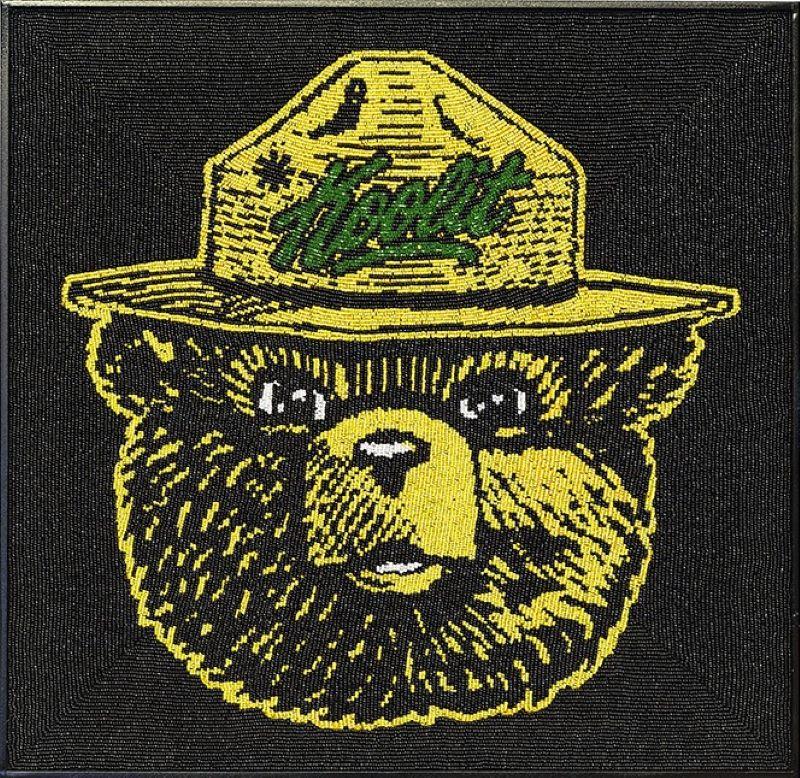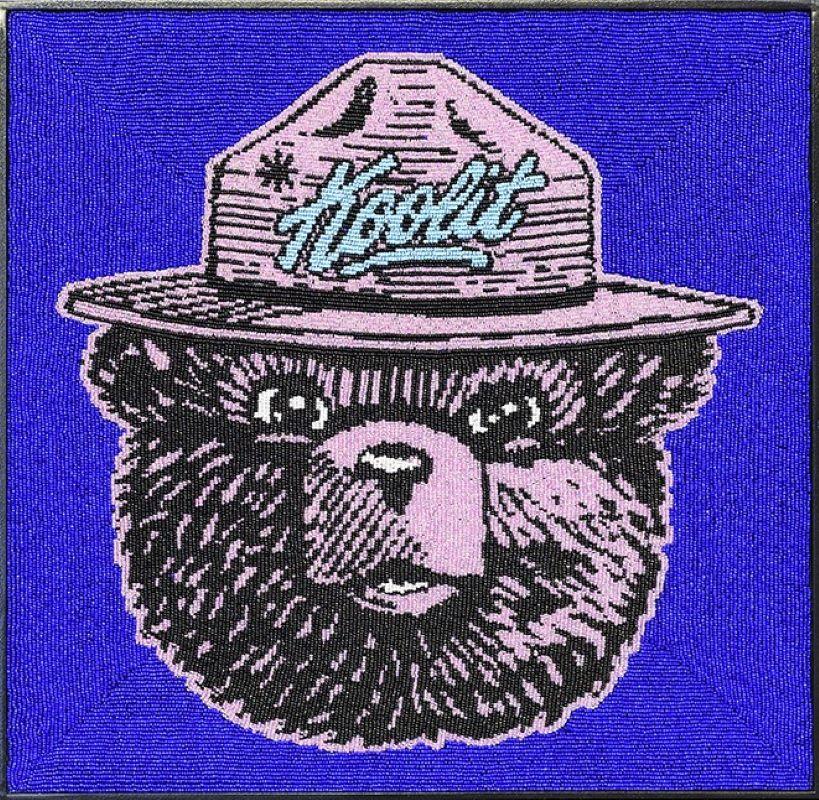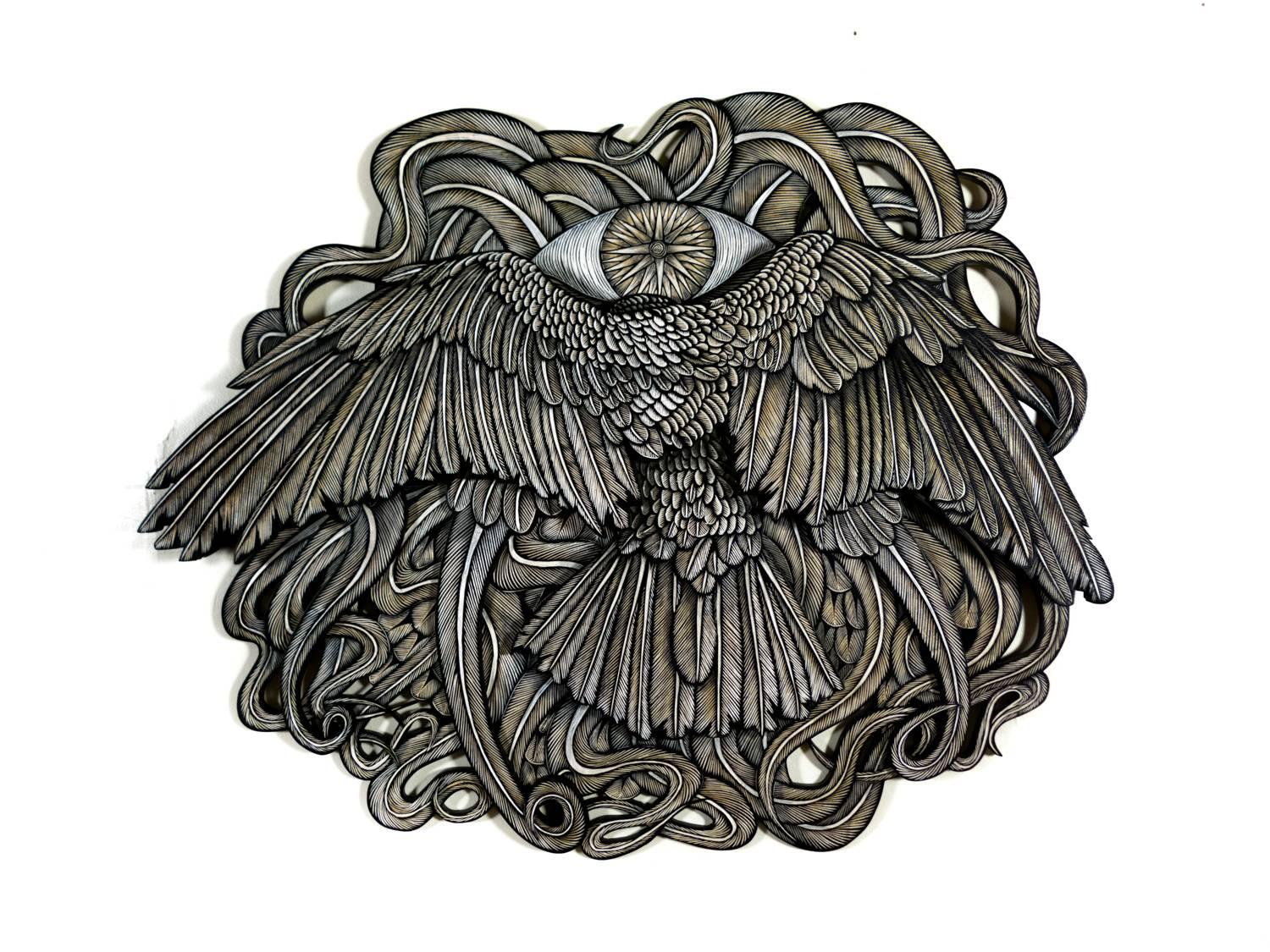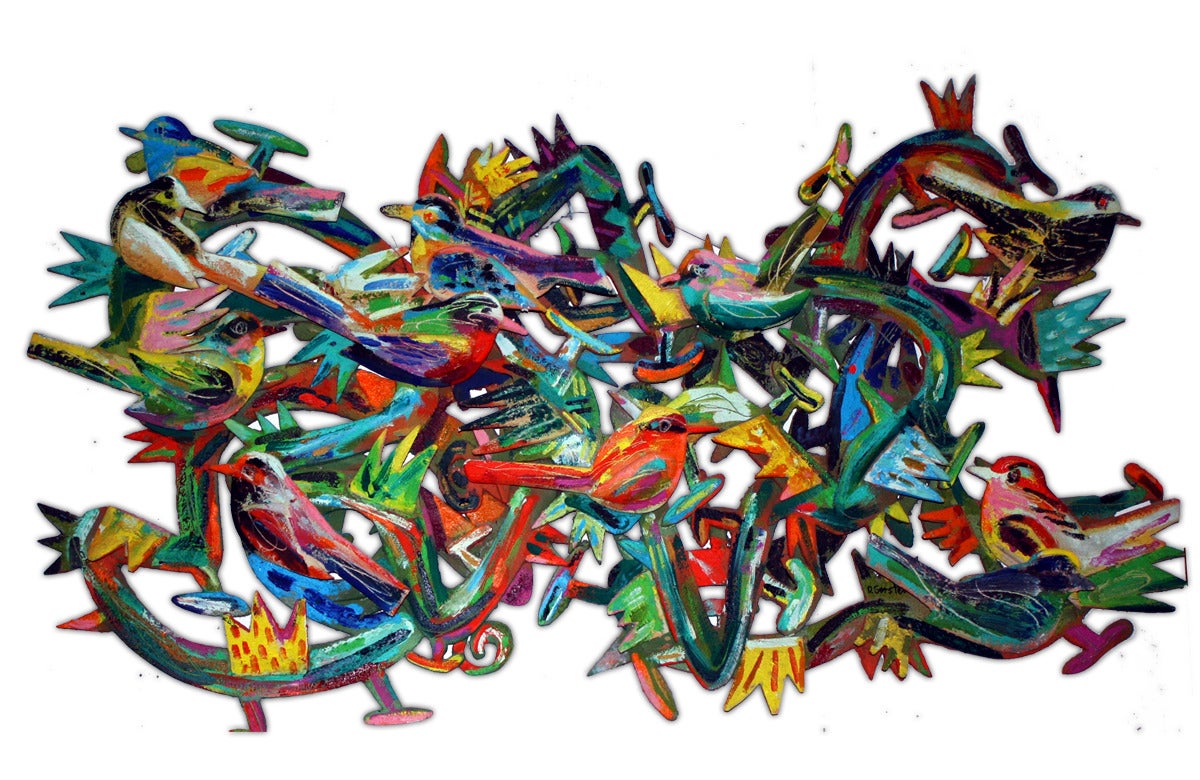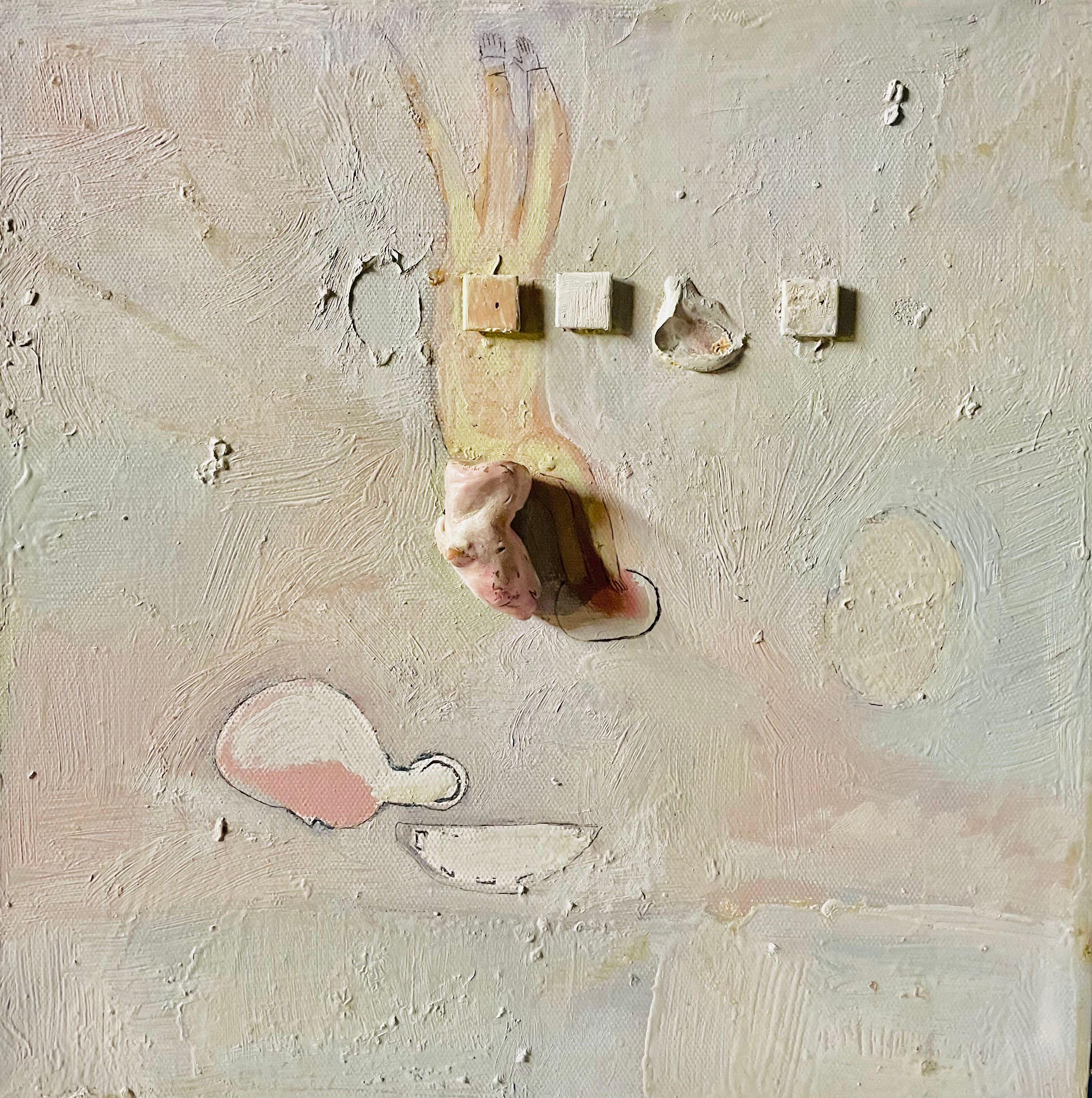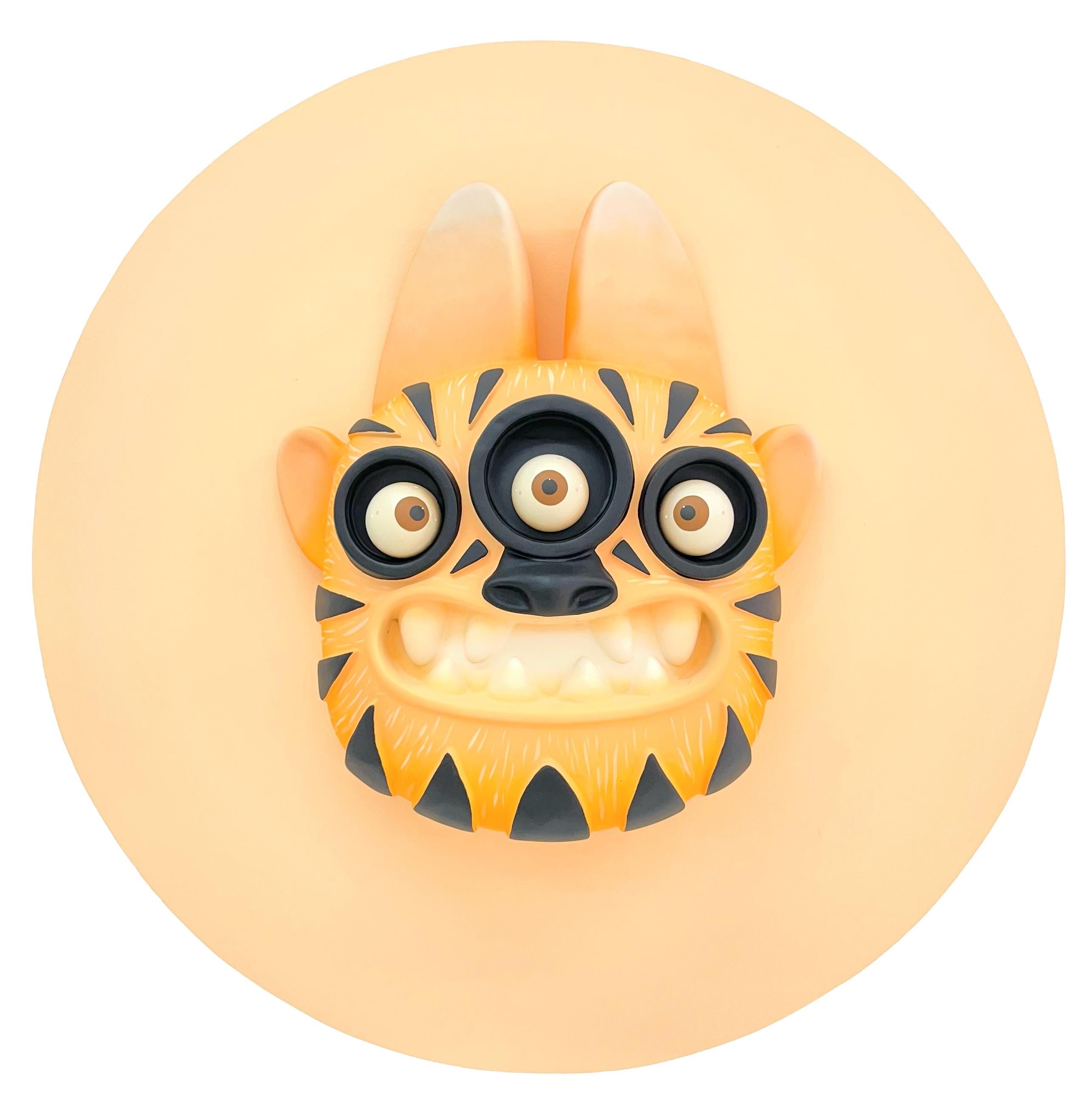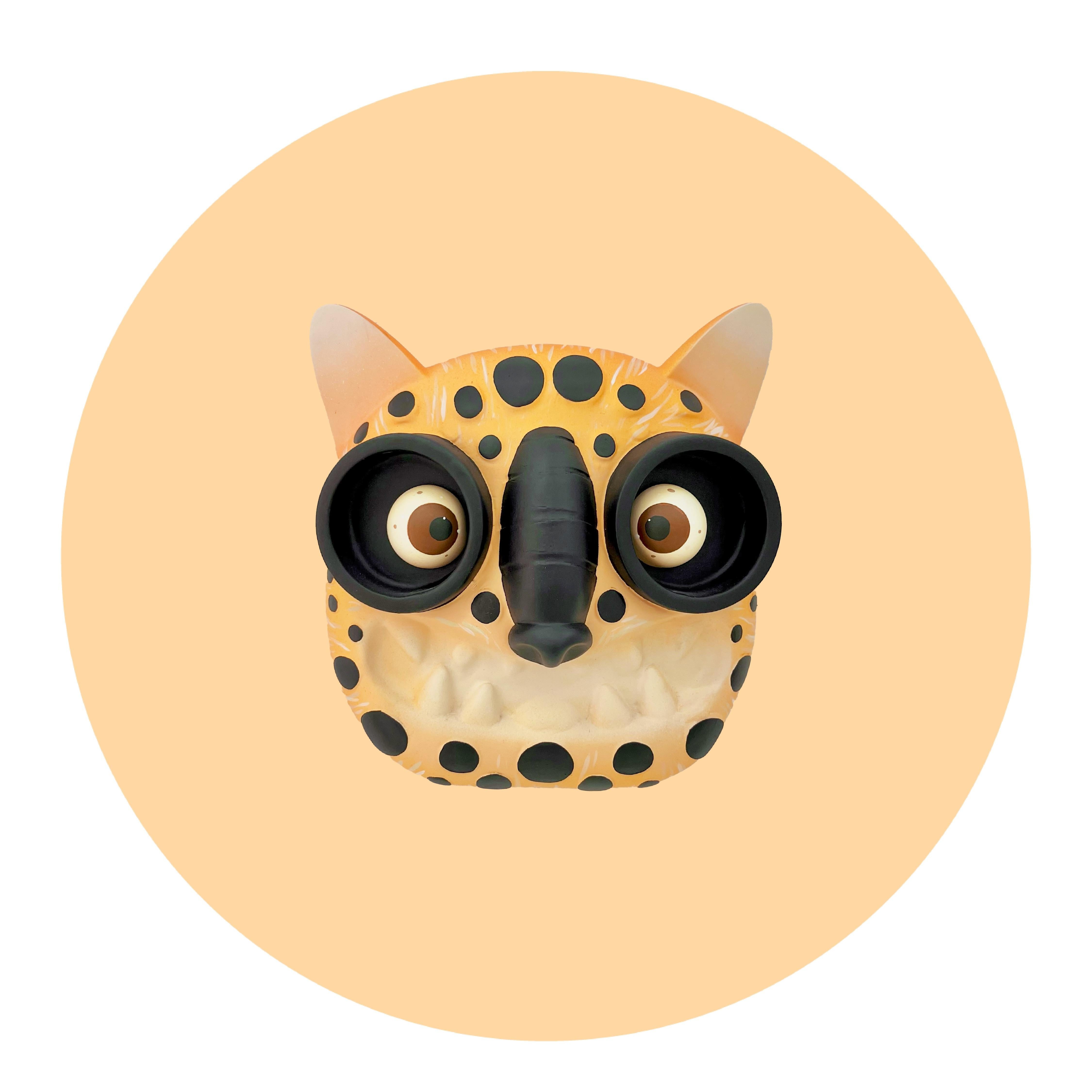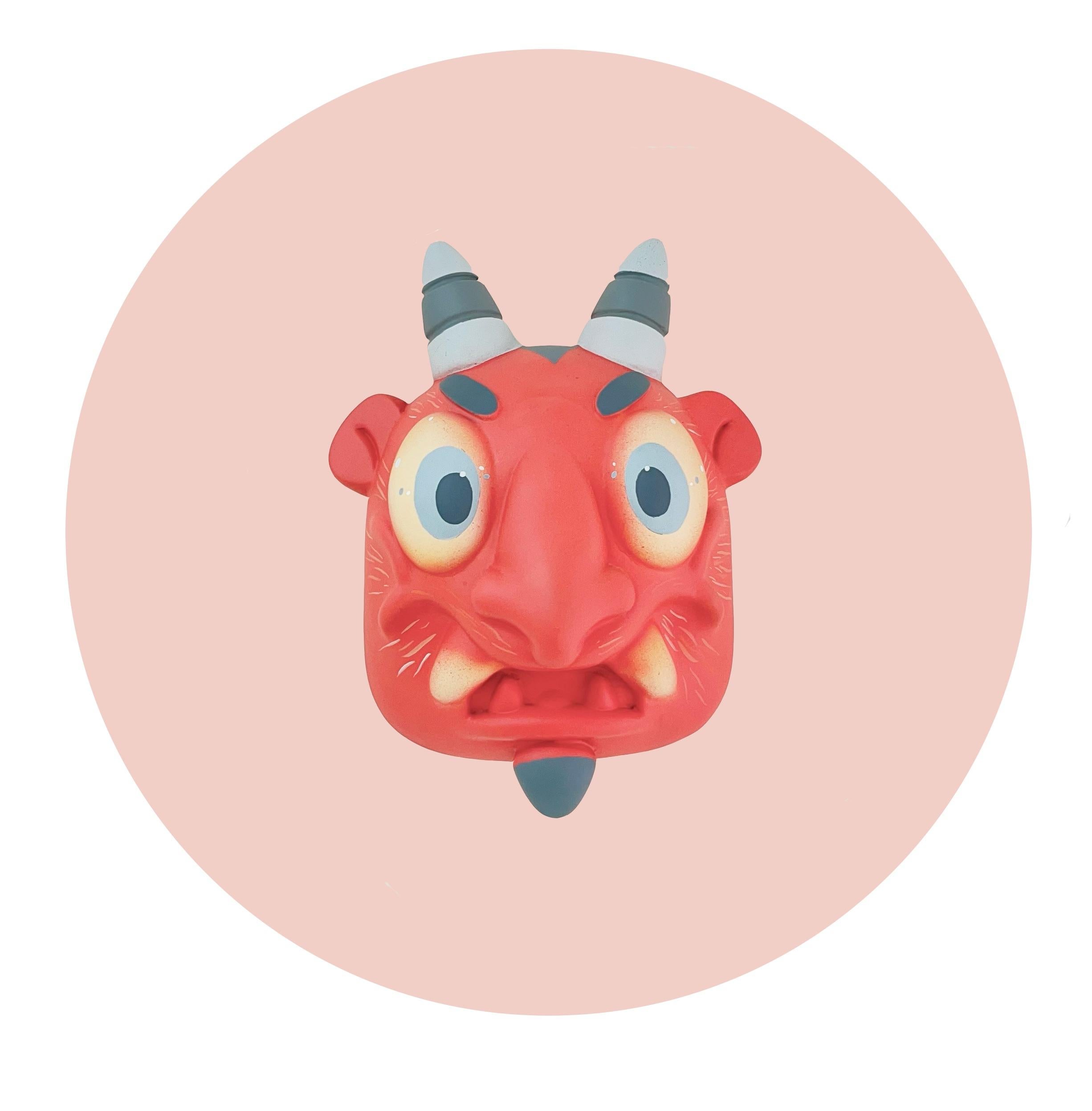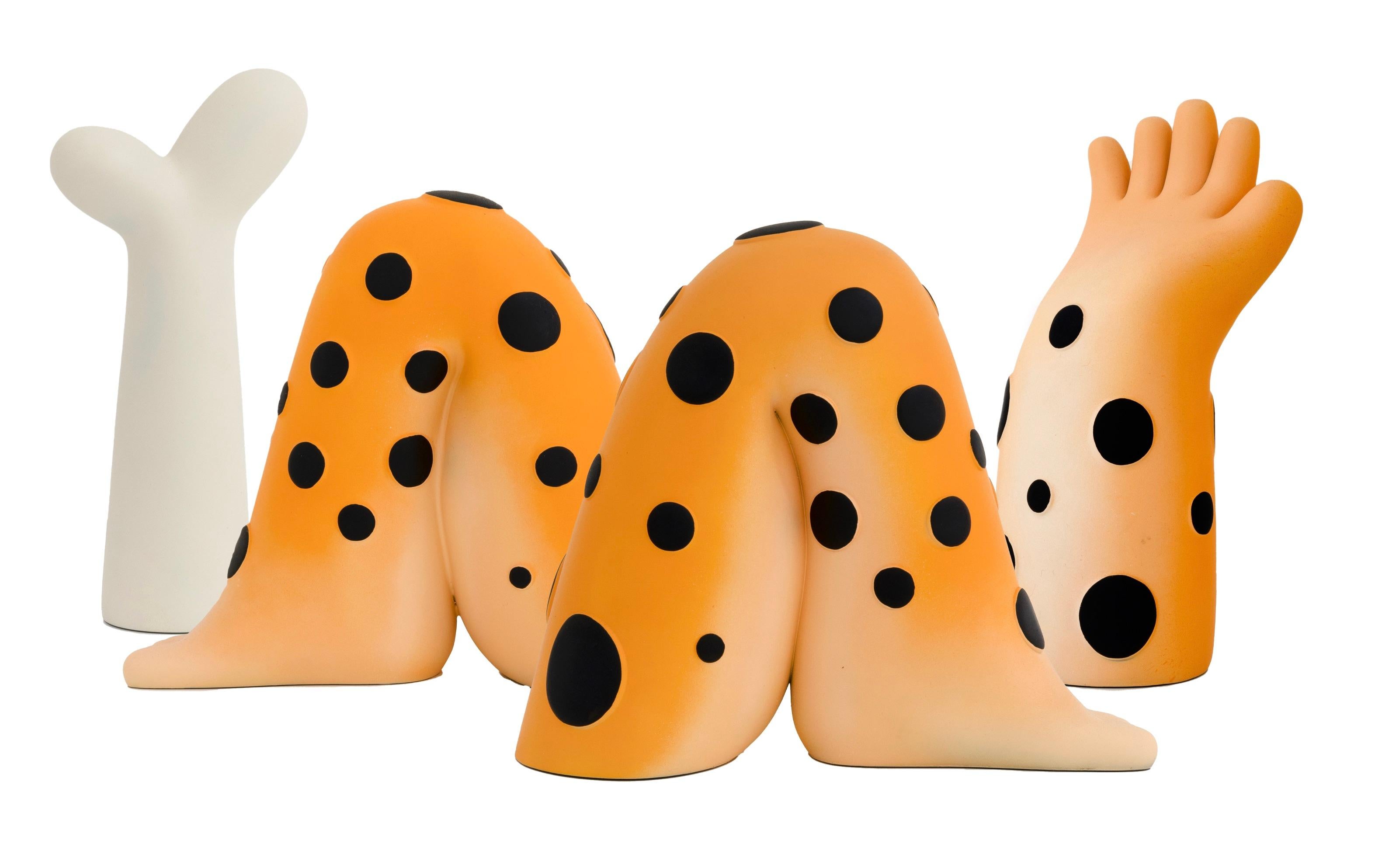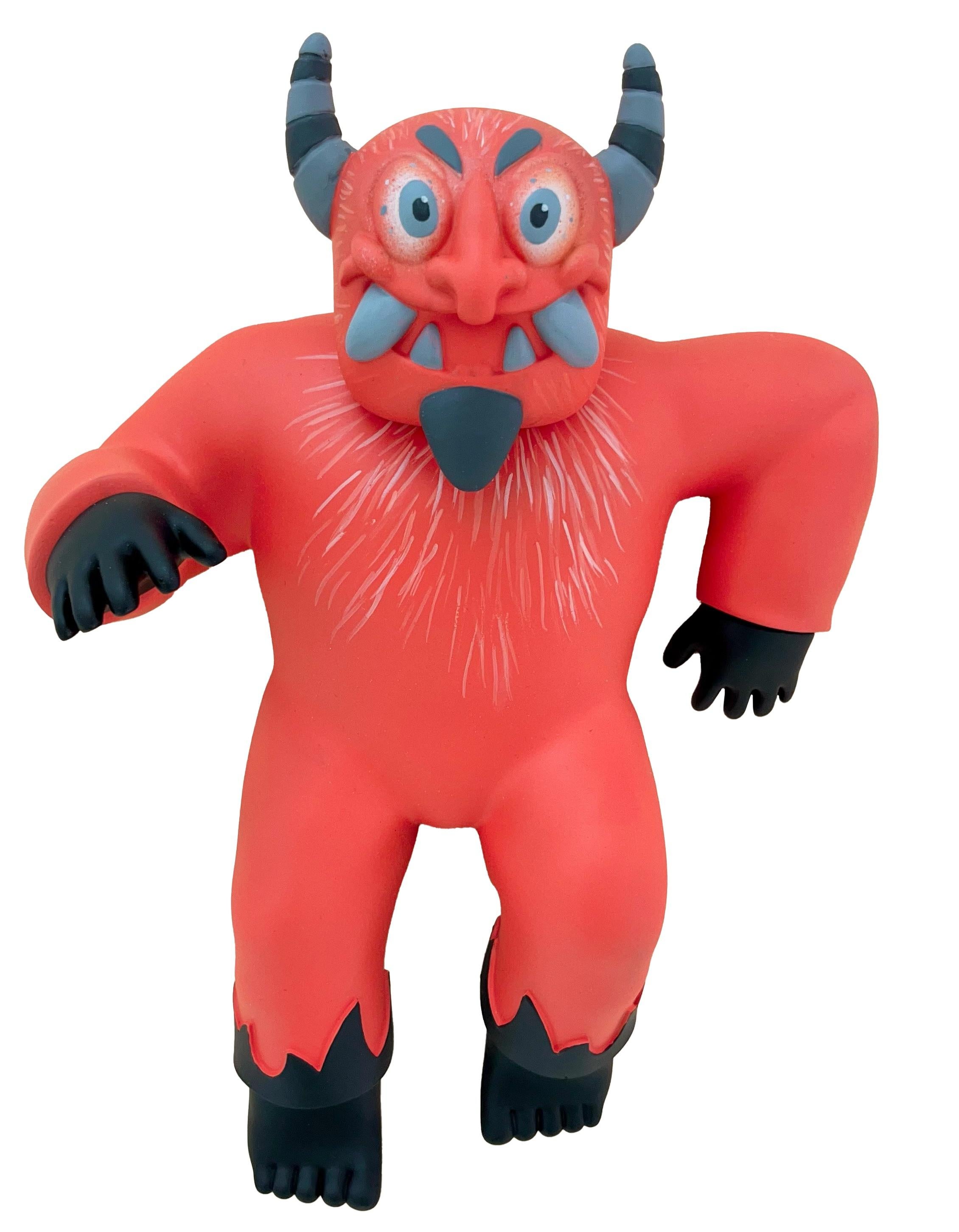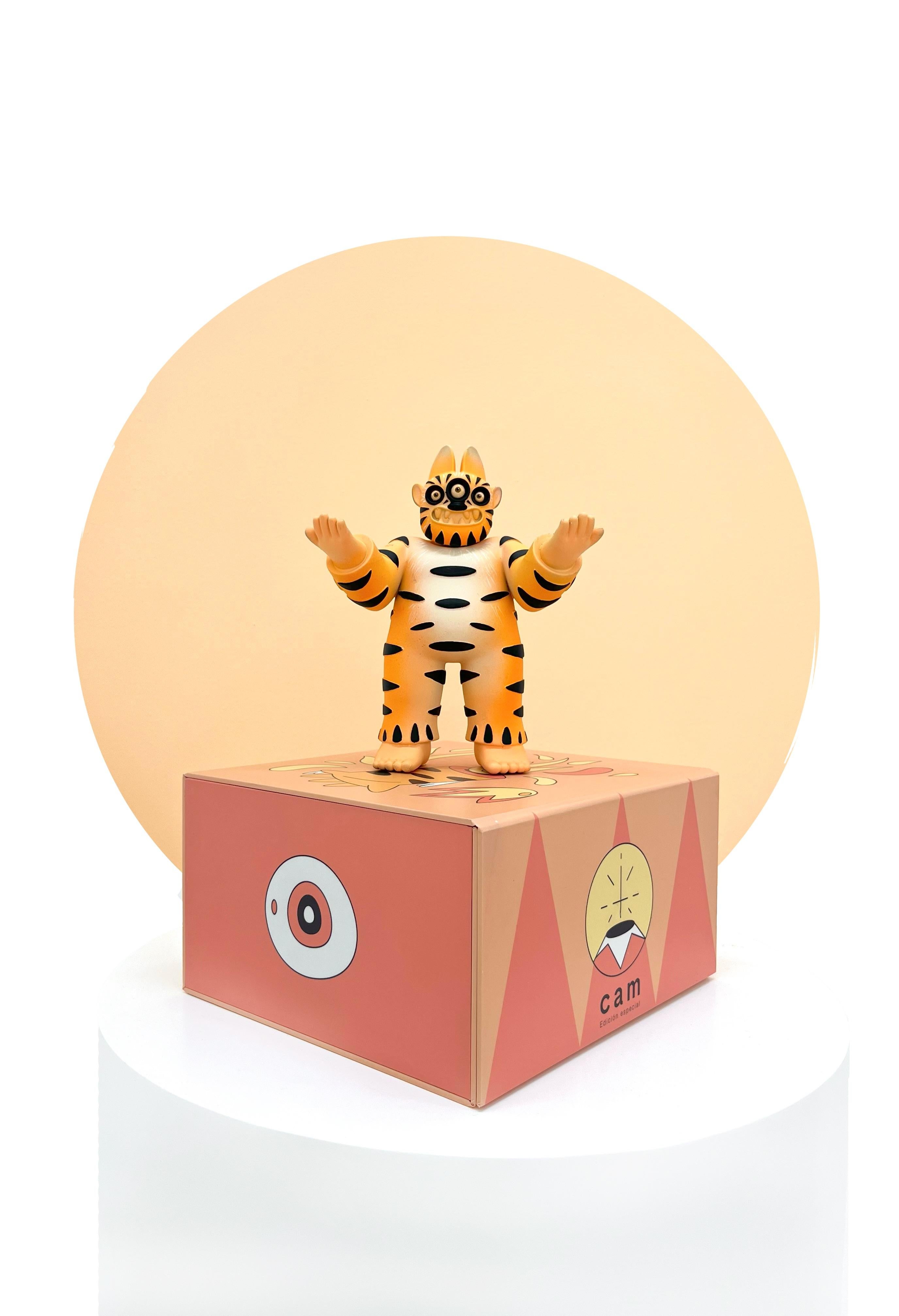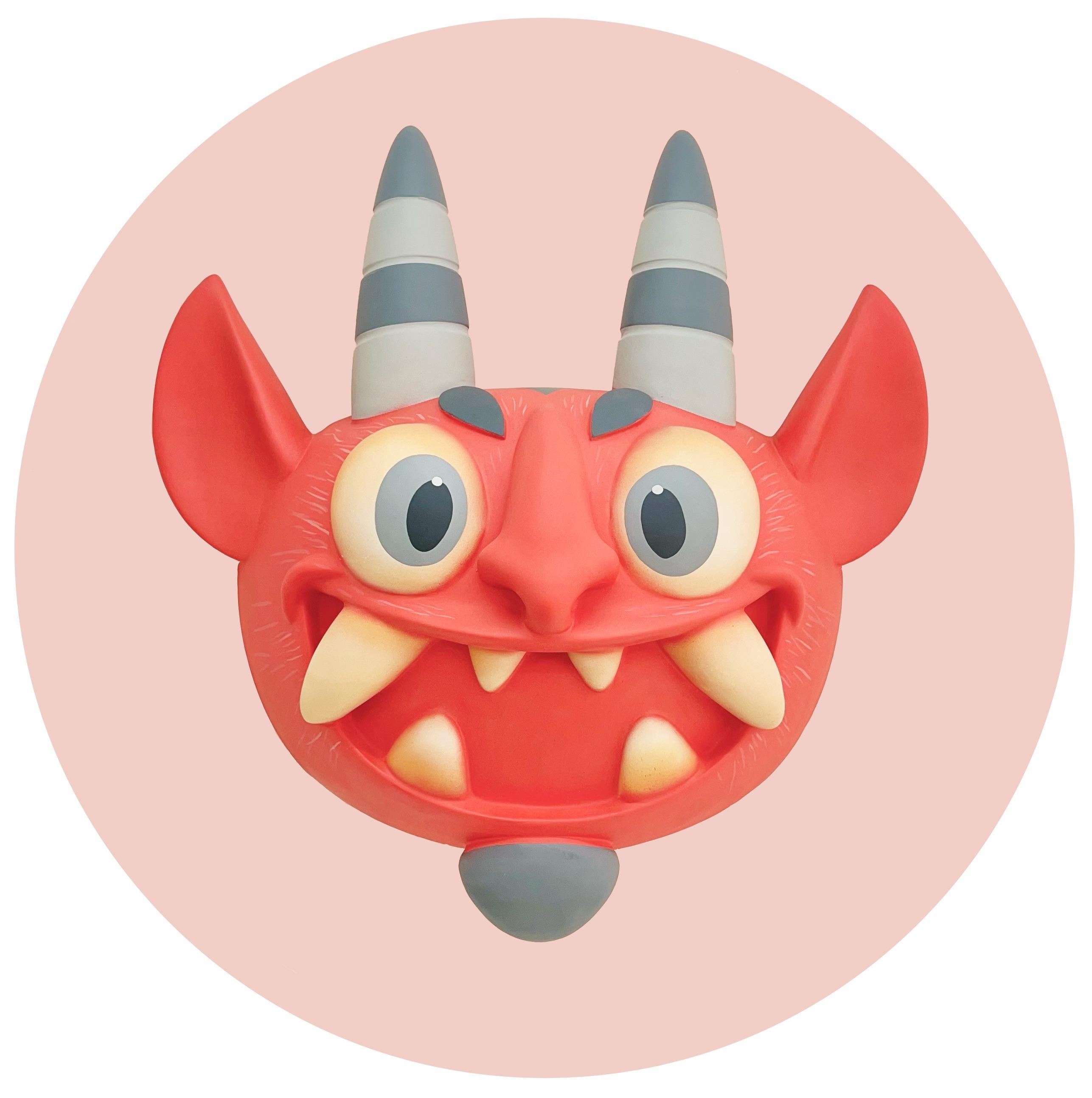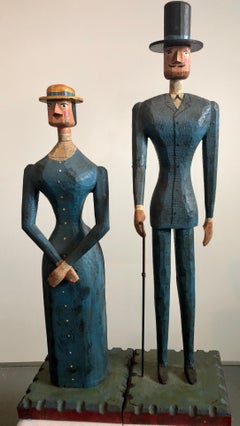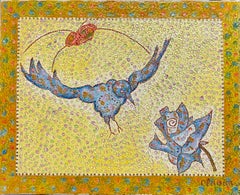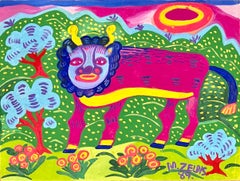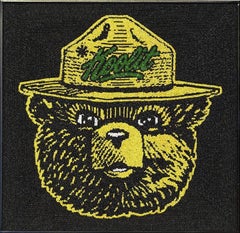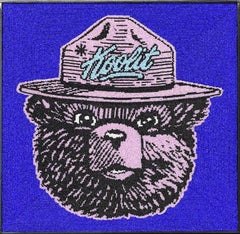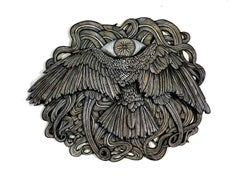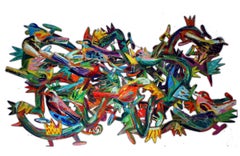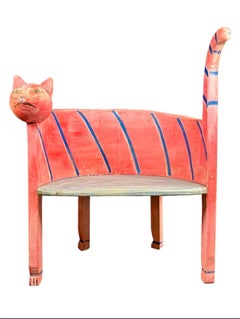
French Folk Art Hand Carved Painted Whimsical Childrens Cat Chair Gerard Rigot
View Similar Items
Want more images or videos?
Request additional images or videos from the seller
1 of 13
Gerard RigotFrench Folk Art Hand Carved Painted Whimsical Childrens Cat Chair Gerard Rigotc.1980's
c.1980's
Price:$1,800
About the Item
- Creator:Gerard Rigot (1929)
- Creation Year:c.1980's
- Dimensions:Height: 23 in (58.42 cm)Width: 19 in (48.26 cm)Depth: 13 in (33.02 cm)
- Medium:
- Movement & Style:
- Period:
- Condition:Please see photos. minor wear commensurate with age and technique.
- Gallery Location:Surfside, FL
- Reference Number:1stDibs: LU38214190712
About the Seller
4.9
Platinum Seller
Premium sellers with a 4.7+ rating and 24-hour response times
Established in 1995
1stDibs seller since 2014
1,784 sales on 1stDibs
Authenticity Guarantee
In the unlikely event there’s an issue with an item’s authenticity, contact us within 1 year for a full refund. DetailsMoney-Back Guarantee
If your item is not as described, is damaged in transit, or does not arrive, contact us within 7 days for a full refund. Details24-Hour Cancellation
You have a 24-hour grace period in which to reconsider your purchase, with no questions asked.Vetted Professional Sellers
Our world-class sellers must adhere to strict standards for service and quality, maintaining the integrity of our listings.Price-Match Guarantee
If you find that a seller listed the same item for a lower price elsewhere, we’ll match it.Trusted Global Delivery
Our best-in-class carrier network provides specialized shipping options worldwide, including custom delivery.More From This Seller
View AllHand Carved Painted Wood Folk Art Americana Sculpture Pair American Gothic
By Curtis Jeré
Located in Surfside, FL
C. Jeré ( or Curtis Jere) is a metalwork artist of wall sculptures and household accessories.
C. Jeré works are made by Artisan House. Curtis Jer...
Category
1980s Folk Art Figurative Sculptures
Materials
Metal
Rare Folk Art Hebrew Judaica Carved Gilded Wood Lions Torah Synagogue Sculpture
Located in Surfside, FL
Paint and gold paint on wood
Circa early to mid 20th century.
This is not signed
A treasure from a proud congregation. It is a hand-carved wooden sculpture showing the Tablets of the Law flanked by two Lions of Judah. Their paws held the tablets. Their roaring mouths faced outward, protecting the commandments from threats. In a foliage design with gold and silver paint.
Circa 1920-1940's. This Neoclassical, Judaic, Art Deco, Egyptian revival, Shul, Aron Kodesh hand carving, wood with gilding, Hebrew lettering ten commandments sign sculpture, was produced probably in New York.
There was a show at the Folk Art Museum titled “Gilded Lions and Jeweled Horses: The Synagogue to the Carousel” That featured these antique magnificent pieces. From gilded lions to high-stepping horses, the sacred to the secular, and the Old World to the New, “Gilded Lions and Jeweled Horses: The Synagogue to the Carousel” traces the journey of Jewish woodcarvers and other artisans from Eastern and Central Europe to America and the unsung role they played in establishing a distinct Jewish culture in communities throughout the United States. The exuberant artworks stand as a testament to a history of survival and transformation and provide a surprising revelation of the link that was forged between the synagogue and the carousel as immigrant Jewish artists transferred symbolic visual elements into this vernacular American idiom. The first major study of this important aspect of the Jewish contribution to American folk art, the exhibition features approximately one hundred artworks and objects, including rare documentary photographs of Eastern European synagogue arks and carved gravestones, sacred carvings, papercuts, and carousel animals. Some of these same Jewish European carvers worked on Coney Island amusement park rides and carousel horses and other carnival and circus carvings.
Category
Early 20th Century Folk Art More Art
Materials
Metal
Whimsical French Folk Art, Naive, Oil Painting Madeline Marie Christine Clavier
By Madeline Christine Clavier
Located in Surfside, FL
MADELINE CHRISTINE CLAVIER (1913-2015)
Signature: Signed lower right & titled verso
Medium: Oil on canvas
Provenance: The collection of the artist's family
Marie Christine Clavier was born in Saigon, Vietnam in 1913 to French parents and lived there for her formative years. She returned to France as a teenager and began to study painting. Her work quickly developed into whimsical paintings of poetry and songs – harmonized in a unique and distinct painting technique. Her work has an impasto feel and a folk art, outsider artist sensibility to it. Similar in style to Maik and other fantasy realists who use animals, flowers and foliage in their artworks. Marie Clavier painted ro herself rather than for profit as she was quite independently wealthy. Her work is in a more whimsical style of Francoise Gilot. She exhibited extensively in the United States in the 1970s especially across Connecticut and New York, showing at various galleries and cultural centres. She had numerous solo exhibitions in the 1970’s- notably at the Maison Francaise in New York and New York University. She showed at Galerie Bernheim Jeune in Paris. She won many awards for her work including Gold Medals and Palme D’Or medals. In 1988 the prestigious art publisher Leopard D’Or produced catalogue book on her life and work – by this point she had virtually given up painting. She died in 2015 aged 102.
Bernheim-Jeune gallery is one of the oldest art galleries in Paris. Opened on Rue Laffitte in 1863 by Alexandre Bernheim (1839-1915), friend of Delacroix, Corot and Courbet, it changed location a few times before settling on Avenue Matignon. The gallery promoted realists, Barbizon school paintings and, in 1874, the first impressionist and later post-impressionist painters. It closed in 2019. In 1901, Alexandre Bernheim, with his sons, Josse (1870-1941), and Gaston (1870-1953), organized the first important exhibition of Vincent van Gogh paintings in Paris with the help of art critic Julien Leclercq. In 1906, Bernheim-Jeune frères started presenting works by Pierre Bonnard, Edouard Vuillard, Paul Cezanne, Henri-Edmond Cross, Kees van Dongen, Henri Matisse, Le Douanier Rousseau, Raoul Dufy, Maurice de Vlaminck, Amedeo Modigliani, Maurice Utrillo and Georges Dufrenoy. From 1906 to 1925, art critic Félix Fénéon was the director of the gallery and was instrumental in bringing in the art of Georges Seurat and Umberto Boccioni.
In 1922, an exhibition brought together works by Alice Halicka, Auguste Herbin, Pierre Hodé...
Category
20th Century Folk Art Animal Paintings
Materials
Canvas, Oil
Malcah Zeldis Folk Art Gouache Painting Mod Bull Jewish Woman Outsider Artist
Located in Surfside, FL
MALCAH ZELDIS
Bull
gouache on paper
Hand signed and dated bottom right. titled in pencil on paper verso.
Malcah Zeldis (born Mildred Brightman; 1931) is an American folk art painte...
Category
1980s Folk Art Animal Paintings
Materials
Paper, Gouache
Whimsical French Folk Art, Naive, Oil Painting Madeline Marie Christine Clavier
By Madeline Christine Clavier
Located in Surfside, FL
MADELINE CHRISTINE CLAVIER (1913-2015)
Signature: Signed lower right & titled verso
Medium: Oil on canvas
Provenance: The collection of the artist's family
Marie Christine Clavier was born in Saigon, Vietnam in 1913 to French parents and lived there for her formative years. She returned to France as a teenager and began to study painting. Her work quickly developed into whimsical paintings of poetry and songs – harmonized in a unique and distinct painting technique. Her work has an impasto feel and a folk art, outsider artist sensibility to it. Similar in style to Maik and other fantasy realists who use animals, flowers and foliage in their artworks. Marie Clavier painted ro herself rather than for profit as she was quite independently wealthy. Her work is in a more whimsical style of Francoise Gilot. She exhibited extensively in the United States in the 1970s especially across Connecticut and New York, showing at various galleries and cultural centres. She had numerous solo exhibitions in the 1970’s- notably at the Maison Francaise in New York and New York University. She showed at Galerie Bernheim Jeune in Paris. She won many awards for her work including Gold Medals and Palme D’Or medals. In 1988 the prestigious art publisher Leopard D’Or produced catalogue book on her life and work – by this point she had virtually given up painting. She died in 2015 aged 102.
Bernheim-Jeune gallery is one of the oldest art galleries in Paris. Opened on Rue Laffitte in 1863 by Alexandre Bernheim (1839-1915), friend of Delacroix, Corot and Courbet, it changed location a few times before settling on Avenue Matignon. The gallery promoted realists, Barbizon school paintings and, in 1874, the first impressionist and later post-impressionist painters. It closed in 2019. In 1901, Alexandre Bernheim, with his sons, Josse (1870-1941), and Gaston (1870-1953), organized the first important exhibition of Vincent van Gogh paintings in Paris with the help of art critic Julien Leclercq. In 1906, Bernheim-Jeune frères started presenting works by Pierre Bonnard, Edouard Vuillard, Paul Cezanne, Henri-Edmond Cross, Kees van Dongen, Henri Matisse, Le Douanier Rousseau, Raoul Dufy, Maurice de Vlaminck, Amedeo Modigliani, Maurice Utrillo and Georges Dufrenoy. From 1906 to 1925, art critic Félix Fénéon was the director of the gallery and was instrumental in bringing in the art of Georges Seurat and Umberto Boccioni.
In 1922, an exhibition brought together works by Alice Halicka, Auguste Herbin, Pierre Hodé, Moise Kisling, Marie Laurencin, Henri Lebasque, Fernand Leger and Henri Matisse. The gallery now exhibits painters and sculptors in the tradition of the École de Paris and artists such as Jean Carzou, Shelomo Selinger or Pollès.
Her style is a recognizable, cheerful, whimsical and a happy creation. Naïve art is any form of visual art that is created by a person who lacks the formal education and training that a professional artist undergoes (in anatomy, art history, technique, perspective, ways of seeing). Unlike folk art, naïve art does not necessarily evince a distinct cultural context or tradition. Naïve art is recognized, and often imitated, for its childlike simplicity and frankness. Paintings of this kind typically have a flat rendering style with a rudimentary expression of perspective.
One particularly influential painter of "naïve art" was Henri Rousseau (1844–1910), a French Post-Impressionist who was discovered by Pablo Picasso. Naïve art is often seen as outsider art that is by someone without formal (or little) training or degree. While this was true before the twentieth century, there are now academies for naïve art. Naïve art is now a fully recognized art genre, represented in art galleries worldwide. Museums devoted to naïve art now exist in Kecskemét, Hungary; Riga, Latvia; Jaen, Spain; Rio de Janeiro, Brasil; Vicq France and Paris. Another term related to (but not completely synonymous with) naïve art is folk art. There also exist the terms "naïvism" and "primitivism" which are usually applied to professional painters working in the style of naïve art (like Paul Gauguin, Mikhail Larionov, Paul Klee). At all events, naive art can be regarded as having occupied an "official" position in the annals of twentieth-century art since - at the very latest - the publication of the Der Blaue Reiter, an almanac in 1912. Wassily Kandinsky and Franz Marc, who brought out the almanac, presented 6 reproductions of paintings by le Douanier' Rousseau (Henri Rousseau), comparing them with other pictorial examples. However, most experts agree that the year that naive art was "discovered" was 1885, when the painter Paul Signac became aware of the talents of Henri Rousseau and set about organizing exhibitions of his work in a number of prestigious galleries. The Earth Group (Grupa Zemlja) were Croatian artists, architects and intellectuals active in Zagreb from 1929 to 1935. The group included the painters Krsto Hegedušić, Edo Kovačević, Omer Mujadžić, Kamilo Ružička, Ivan Tabaković, and Oton Postružnik, the sculptors Antun Augustinčić, Frano Kršinić, and the architect Drago Ibler. A term applied to Yugoslav (Croatian) naive painters working in or around the village of Hlebine, near the Hungarian border, from about 1930. Some of the best known naive artists are Dragan Gaži, Ivan Generalić, Josip Generalić...
Category
20th Century Folk Art Animal Paintings
Materials
Canvas, Oil
Whimsical French Folk Art, Naive, Oil Painting Madeline Marie Christine Clavier
By Madeline Christine Clavier
Located in Surfside, FL
MADELINE CHRISTINE CLAVIER (1913-2015)
Signature: Signed lower right & titled verso
Medium: Oil on canvas
Provenance: The collection of the artist's family
Marie Christine Clavier was born in Saigon, Vietnam in 1913 to French parents and lived there for her formative years. She returned to France as a teenager and began to study painting. Her work quickly developed into whimsical paintings of poetry and songs – harmonized in a unique and distinct painting technique. Her work has an impasto feel and a folk art, outsider artist sensibility to it. Similar in style to Maik and other fantasy realists who use animals, flowers and foliage in their artworks. Marie Clavier painted ro herself rather than for profit as she was quite independently wealthy. Her work is in a more whimsical style of Francoise Gilot. She exhibited extensively in the United States in the 1970s especially across Connecticut and New York, showing at various galleries and cultural centres. She had numerous solo exhibitions in the 1970’s- notably at the Maison Francaise in New York and New York University. She showed at Galerie Bernheim Jeune in Paris. She won many awards for her work including Gold Medals and Palme D’Or medals. In 1988 the prestigious art publisher Leopard D’Or produced catalogue book on her life and work – by this point she had virtually given up painting. She died in 2015 aged 102.
Bernheim-Jeune gallery is one of the oldest art galleries in Paris. Opened on Rue Laffitte in 1863 by Alexandre Bernheim (1839-1915), friend of Delacroix, Corot and Courbet, it changed location a few times before settling on Avenue Matignon. The gallery promoted realists, Barbizon school paintings and, in 1874, the first impressionist and later post-impressionist painters. It closed in 2019. In 1901, Alexandre Bernheim, with his sons, Josse (1870-1941), and Gaston (1870-1953), organized the first important exhibition of Vincent van Gogh paintings in Paris with the help of art critic Julien Leclercq. In 1906, Bernheim-Jeune frères started presenting works by Pierre Bonnard, Edouard Vuillard, Paul Cezanne, Henri-Edmond Cross, Kees van Dongen, Henri Matisse, Le Douanier Rousseau, Raoul Dufy, Maurice de Vlaminck, Amedeo Modigliani, Maurice Utrillo and Georges Dufrenoy. From 1906 to 1925, art critic Félix Fénéon was the director of the gallery and was instrumental in bringing in the art of Georges Seurat and Umberto Boccioni.
In 1922, an exhibition brought together works by Alice Halicka, Auguste Herbin, Pierre Hodé...
Category
20th Century Folk Art Animal Paintings
Materials
Canvas, Oil
You May Also Like
Infernus #1
Located in Bozeman, MT
Electric Coffin is coded within art history and ideologies from archetypes of mysticism. We explore found truths from modernity and a personal historical perspective. A process-drive...
Category
2010s Contemporary Animal Paintings
Materials
Canvas, Glass, Wood, Mixed Media, Acrylic
Vapos #1
Located in Bozeman, MT
Electric Coffin is coded within art history and ideologies from archetypes of mysticism. We explore found truths from modernity and a personal historical perspective. A process-drive...
Category
2010s Contemporary Figurative Sculptures
Materials
Canvas, Glass, Wood, Mixed Media, Acrylic
White Raven II
By Dennis McNett
Located in Philadelphia, PA
"White Raven II" is an original hand-painted wall-hanging woodcarving by Dennis McNett (also known as Wolfbat) measuring 41”h x 50”w x 2”d.
Please send us...
Category
21st Century and Contemporary Contemporary Figurative Sculptures
Materials
Acrylic, Wood
Birds
By David Gerstein
Located in Buffalo, NY
An original one of a kind hand carved and painting wall sculpture by Israeli artist David Gerstein.
David Gerstein is an Israeli painter and sculptor. He began as a figurative pai...
Category
1990s Pop Art Animal Paintings
Materials
Oil, Wood
$11,000 Sale Price
21% Off
Inevitability
By Airom
Located in Santa Monica, CA
From the Post Conception series.
Category
21st Century and Contemporary Surrealist Animal Paintings
Materials
Oil, Polymer
$105 Sale Price
65% Off
"Tigre vidente" art toy, three eyed tiger, pop art, mexican art, mask, nature
Located in Ciudad de México, MX
A piece from the exhibition "Cosmic Duality" by artist Mr. Mitote.
Mitote is a term we use today to describe a lively, noisy, and excessive gathering. It’s also used to depict tumultuous gatherings marked by disorder, commotion, and sometimes even quarrels. In the colonial past, mitote was a celebration commemorating the establishment of the New Spain kingdom, blending local pride with imperial solemnity. However, throughout both ancient times and the present day, mitotes serve as rituals embedded in the culture and religiosity of various indigenous groups in Mexico, such as the Nahua, Cora, Tepehuan, and Huichol. Adorned in rich attire, gathered around a fire amidst the sounds of musical instruments, and under the intoxicating influence of alcoholic beverages, mitotes serve as occasions to invoke sacred beings—whether protective deities of nature or Christian saints associated with agriculture—to pray for bountiful harvests. Mitotes encompass and have always embodied rites, myths, and life.
In homage to the artist’s name, this exhibition is presented as a mitote: a celebration displaying the intimate mythologies of its creator through various artistic expressions such as sculpture, artwork, and video. Cosmic Duality is a concept wherein Mr. Mitote delves into memories of his childhood from a contemporary perspective. His mother introduced him at a young age to the traditions and customs of her native Maltrata, Veracruz, a town steeped in the memory of a noble past wherein it fought for its autonomy. Every year on January 1st, to invoke prosperity, the dance of the huehues (meaning “old people” or “elders” in Nahuatl) is performed. According to oral and local traditions, these characters embody foes in a mocked and vanquished manner, dancing beneath the lash of a tiger or devil. Their costumes feature pre-Columbian symbols merged with elements evoking nature, alongside nods to contemporary entertainment culture.
Through the observation and interpretation of nature, numerous ancestral cultures created dual cosmologies. Far from viewing opposites, they conceived of dual complementary systems such as chaos-order, cold-heat, humidity-drought, feminine-masculine, and life-death, among others, to uphold cosmic order. Placed within the context of Mexico City, Mr. Mitote reimagines these enduring principles from ancient religious practices alongside contemporary languages. He does so through vibrant entities that blend tradition and innovation, memory and fantasy, past and present, ancestral ceremonies, and urban rituals. Each artwork serves as a reminder that across all latitudes and human territories, culture thrives, tradition evolves continuously, the past is revitalized, and the present shapes the path forward into the future.
The body has served as the quintessential conduit bridging two dual dimensions: the human and the divine, the earthly and the celestial, the microcosm and the macrocosm. In several of his artworks, Mr. Mitote invokes propitiatory dances, and ritual practices, aimed at attracting abundant rain and fostering good harvests, many of which entail risking the physical well-being and even the lives of participants. The tiger hunt...
Category
21st Century and Contemporary Contemporary Figurative Sculptures
Materials
Resin, Paint, Spray Paint, Acrylic
Recently Viewed
View AllMore Ways To Browse
Hippopotamus Chairs
Antelope Painting
Indonesia Mask
Wavy Bench
Mr Fish
19 C Oil Painting Of Children
Kissing Chair
Green Giraffe
Mask Wood Indonesian
Carved Antelope
Toucan Painting
Wood Giraffe Sculpture
Vintage Rooster Lamp
Animal Feet Chair
Wood Folk Art Rooster
Oil Lamp 19 Century
Bronze Pelican
French Farmhouse Bench
